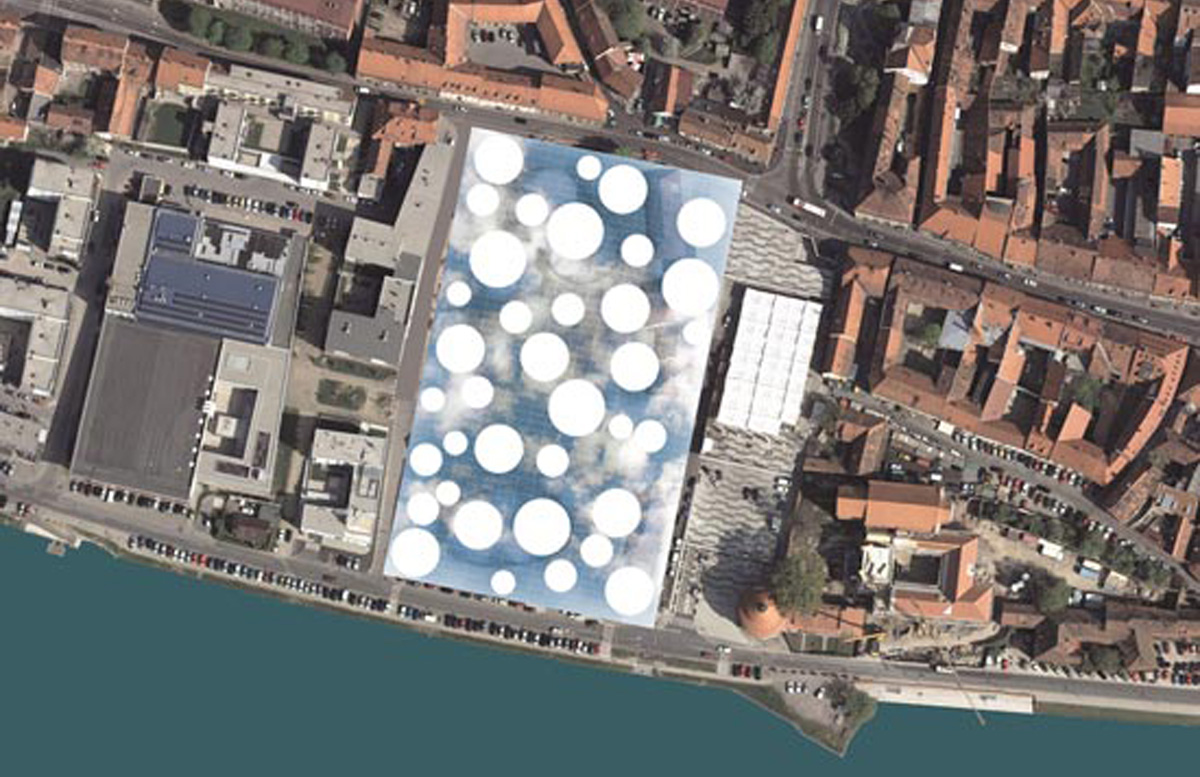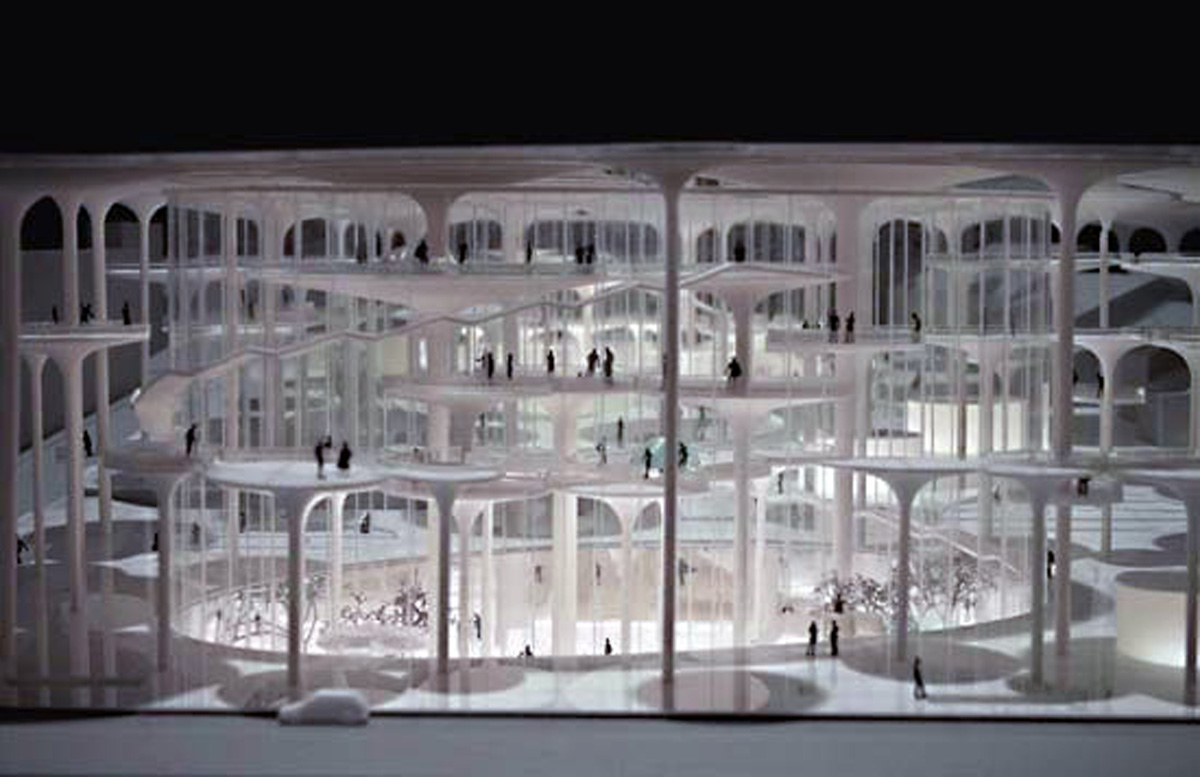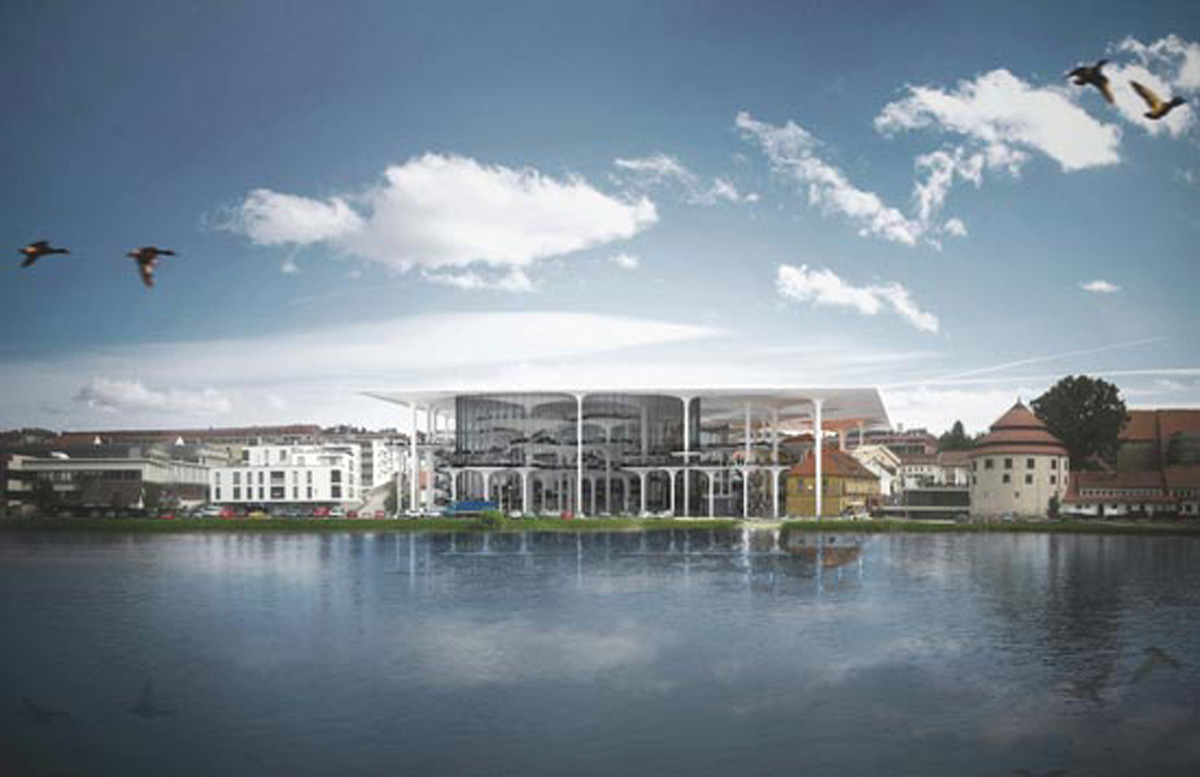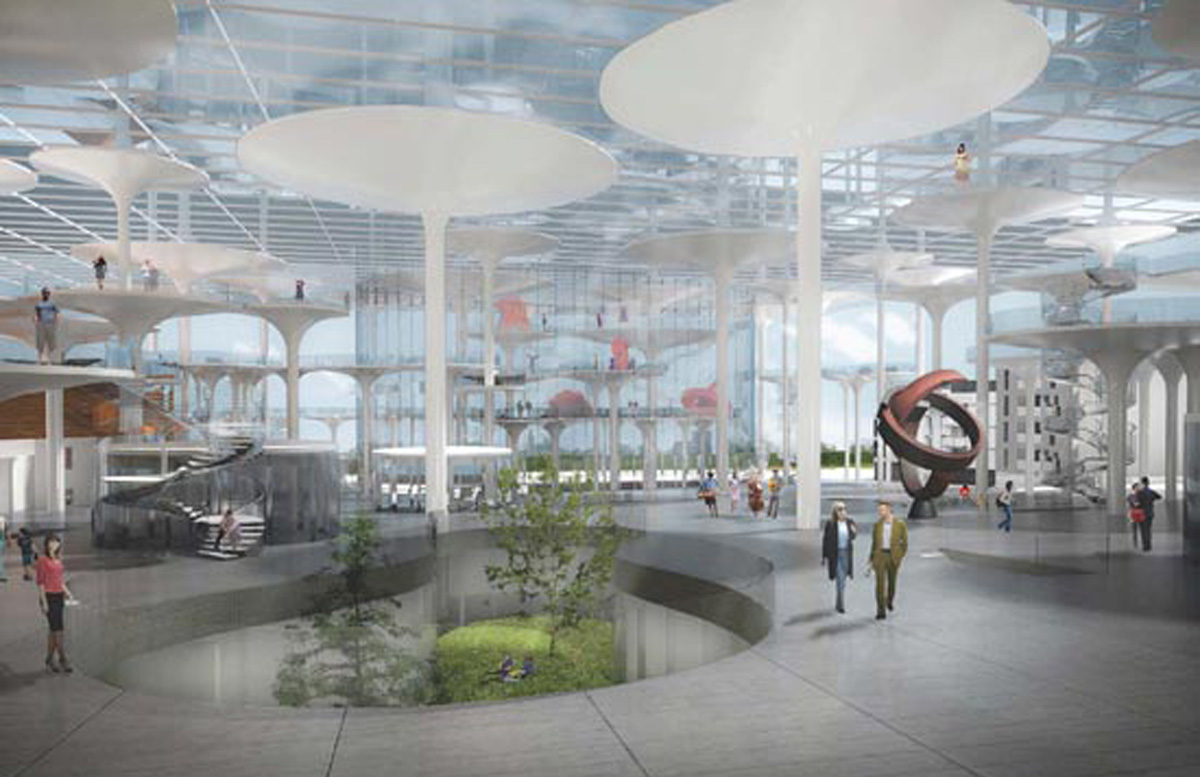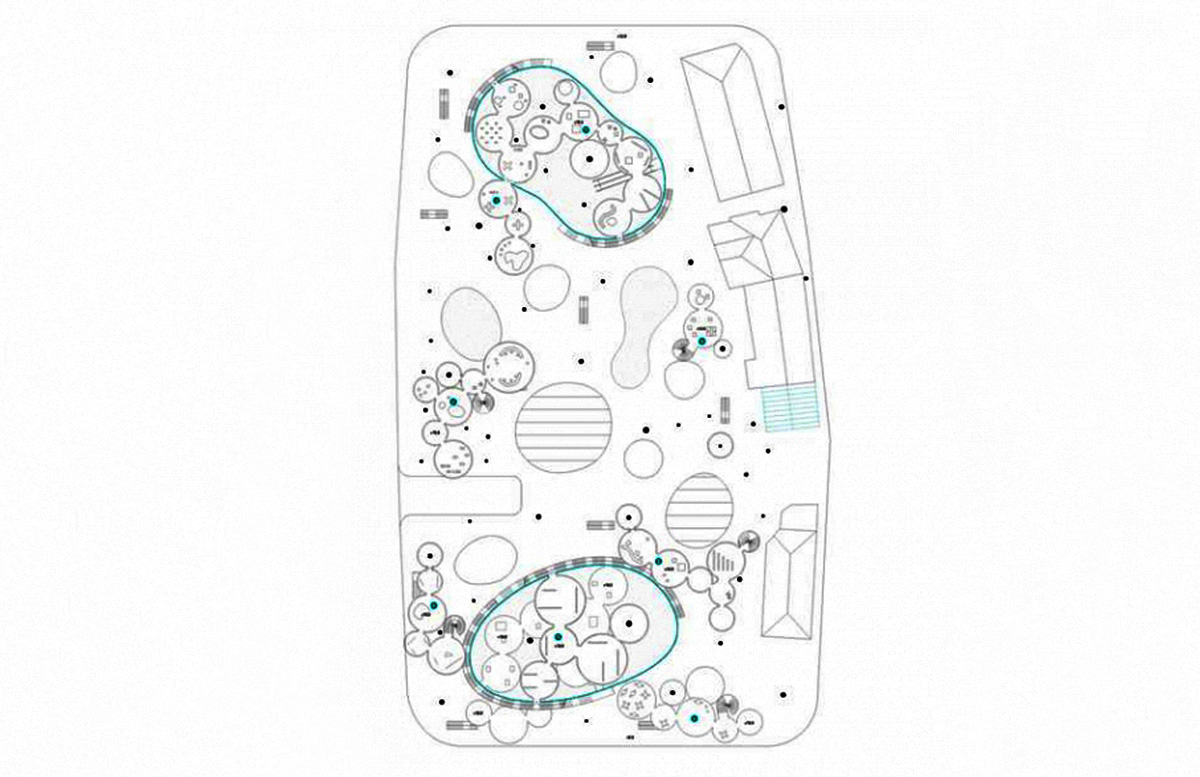Progetto: Andrea Branzi e 2A+P
Anno: 2010
Concorso: Pure Energy! Maribor, Slovenia. European Capital of Culture 2012
Il progetto è nato dal confronto con la natura labirintica dell’Arte Contemporanea.
Con questo termine si indica una particolare modalità di lavoro dell’arte contemporanea; modalità operativa che ha modificato profondamente la cultura museale e sta rinnovando la tipologia dei Musei di Arte Contemporanea.
La tradizione illuminista e enciclopedica ci ha lasciato l’idea di un possibile ordinamento logico delle opere d’arte.
Nei Musei e nelle Gallerie tradizionali infatti, i manufatti vengono disposti in successione, seguendo tematiche temporali o stilistiche.
Attorno a un percorso pubblico lineare le opere d’Arte vengono disposte a livello dell’occhio del visitatore, come segmenti di un orizzonte continuo, come tappe di un cammino evolutivo che va nella direzione del Progresso civile e conoscitivo comune.
Questo teorema ha funzionato dal XVIII al XX secolo, perché effettivamente la Storia dell’Arte sembrava essere parte (insieme alla scienza, alla politica e all’industrialesimo) di un progresso collettivo, dove la finalità del Museo (nato con la Rivoluzione Francese) era quella di divulgare socialmente un sapere che un tempo era soltanto aristocratico o religioso.
The project develops from the dialog with the labyrinthine nature of Contemporary Art
With this term we point out a particular working method of contemporary art; a practical mode that has deeply modified the museum culture and has been transforming the typology of Contemporary Art Museums.
The illuminist and encyclopedic tradition has left us the idea of a possible logical order of artworks.
In Museums and in traditional Galleries, in fact, the art pieces are arranged in succession, following temporary or stylistic themes.
Around a linear public itinerary, the works of art are arranged at the visitor’s eye level, as segments of a continuous horizon, as the stages of an evolutionary path that goes in the direction of Progress, both of civilization and knowledge.
This theorem has worked from the XVIII to the XX century because actually Art History seemed to be part (together with science, politics and industrialization) of a collective progress, where the purpose of the Museum (born with the French revolution) was to reveal to the whole society a knowledge that once was only aristocratic and religious.
Andrea Branzi 2014

